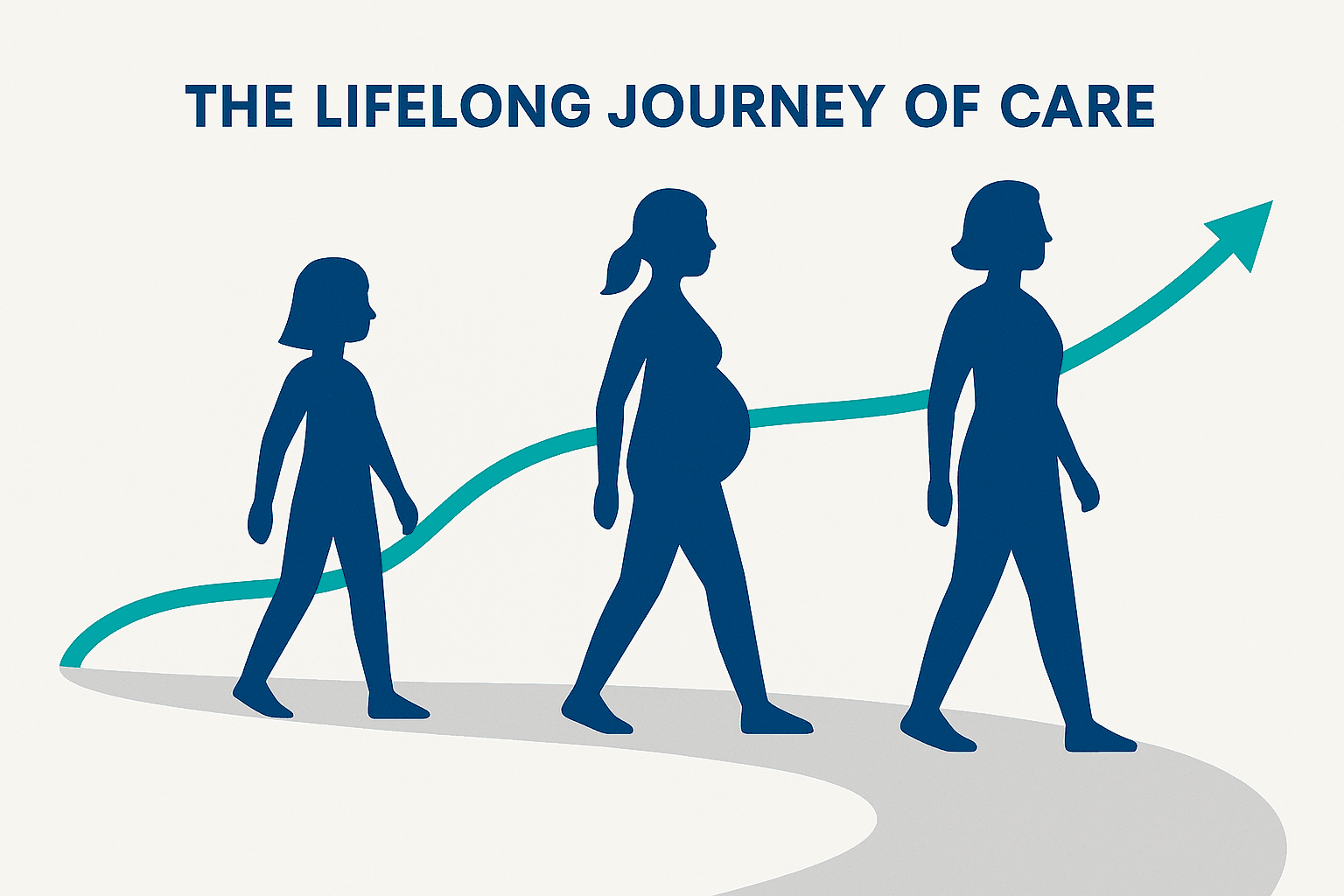Selling your Wyoming Wound Care practice is a significant decision. The path to a successful sale is often unclear because information is fragmented and specific market data is hard to find. This guide provides a clear roadmap. We will cover the unique market dynamics in Wyoming, how to prepare your practice for a sale, and what to expect during the process to help you maximize its value.
The Market for Wound Care in Wyoming
The healthcare landscape in Wyoming presents a unique set of circumstances for a wound care specialist. Unlike more saturated markets, Wyoming offers distinct advantages and challenges that directly influence your practice’s sale.
A Growing Need
Wyoming’s population is aging. This demographic shift is a primary driver for healthcare demand. For a wound care practice, this means a growing base of potential patients who will require your specialized services. Buyers, especially strategic partners looking to expand their footprint, recognize this trend as a source of stable, long-term growth.
The Rural Factor
Operating in a less densely populated state means your practice likely serves a wide geographic area. This can be a strength. A practice with a strong referral network and a reputation as the “go-to” clinic in a large region is very attractive. However, it also means buyers will look closely at your patient acquisition strategies and your ability to retain them.
Three Key Areas Buyers Will Scrutinize
When you decide to sell, potential buyers will look past the surface. They focus on the core strengths and risks of the business. Preparing for their questions in these three areas is critical.
- Your Regulatory Standing. Buyers need to know your practice is compliant. They will check everything from Medicare and Medicaid billing to adherence with the Wyoming Nurse Practice Act. Clean records are not a bonus. They are a requirement.
- The Stability of Your Staff. In a rural state like Wyoming, attracting and retaining qualified clinical staff, such as a Certified Wound Ostomy Continence Nurse (CWOCN), is a major concern. A stable, experienced team is one of your most valuable assets. Buyers will pay a premium for a practice that is not entirely dependent on the owner.
- Your Unique Story. What makes your practice special? Is it your unique mix of services, a strong relationship with a local hospital, or a highly efficient patient management system? You need to clearly articulate your unique selling proposition. This narrative turns a set of financials into a compelling investment.
Understanding Market Activity
You will not find a public database of wound care practice sales in Wyoming. Most deal-making in the state’s healthcare sector happens privately and is often focused on larger hospital systems, not independent practices.
The Data Blind Spot
This lack of public information can feel daunting. You cannot simply look up what a similar practice sold for down the street. It makes an independent, professional valuation even more important. It establishes a credible, defensible price based on your specific performance, not on generic market data that doesn’t apply to your situation. This is a challenge. It is also an opportunity to define your practice’s value on its own terms.
Finding the Right Buyer
The absence of a public market means you cannot just “list” your practice and wait for calls. The best buyer is often not the most obvious one. It could be a regional health system, a private equity group specializing in post-acute care, or even a multi-state wound care platform looking for a strategic entry into Wyoming. A successful sale requires a confidential, proactive process that targets the right pool of qualified buyers.
The Four Stages of the Sale Process
Selling a medical practice follows a structured path. Understanding these stages helps you prepare for what is ahead and avoid common pitfalls that can delay or derail a deal.
- Preparation and Financial Storytelling. This is where the work begins. We help you gather your financial statements, patient data, and operational details. We then reframe them to tell a compelling story of value, often by calculating an Adjusted EBITDA that reflects the true earning power of your practice.
- Confidential Outreach. Once your materials are ready, we begin a confidential marketing process. We approach a curated list of potential buyers without revealing your practice’s identity. This protects your staff and patients while generating interest from serious, qualified parties.
- Navigating Due Diligence. This is where most deals face challenges. The buyer will conduct a deep dive into every aspect of your practice 60 from financials and contracts to compliance and technology. Being prepared for this scrutiny is the key to a smooth process.
- Finalizing the Transition. The final stage involves negotiating the definitive purchase agreement and planning the transition. This includes everything from how you will assist the new owner to the structure of your payout.
What Is Your Practice Really Worth?
Valuation is more art than science. It is not just a multiple of revenue. Sophisticated buyers value your practice based on its future cash flow and its risk profile. The key metric they use is Adjusted EBITDA (Earnings Before Interest, Taxes, Depreciation, and Amortization). This figure normalizes your financials by adding back one-time or owner-specific expenses to show the true profitability.
A simplified valuation might look like this:
| Financial Metric | Example Amount | Description |
|---|---|---|
| Reported Net Income | $400,000 | The “bottom line” on your P&L statement. |
| Owner’s Excess Salary | +$100,000 | The portion of your salary above fair market rate. |
| One-Time Equipment Purchase | +$25,000 | A large, non-recurring expense. |
| Adjusted EBITDA | $525,000 | The practice’s true normalized earnings. |
| Valuation Multiple | x 5.0 | Based on specialty, size, and growth profile. |
| Estimated Enterprise Value | $2,625,000 | The baseline value before debt and fees. |
Relying on a “rule of thumb” is one of the biggest mistakes an owner can make. The multiple applied to your practice depends on many factors. These include your payer mix, provider contracts, and potential for growth. A professional valuation tells the full story behind the numbers.
Planning for Life After the Sale
The deal is not done when the papers are signed. Your transition plan, tax strategy, and legacy are critical components that must be negotiated as part of the sale, not figured out afterward.
- What is your transition plan? Do you want to leave immediately, or are you willing to stay on for a year or two to ensure a smooth handover? Your role post-sale can be a key negotiating point, sometimes tied to an earnout or equity rollover that can increase your total proceeds.
- How will you protect your proceeds? The structure of your sale has major implications for your after-tax returns. Planning for this in advance, in consultation with experts, can significantly impact your net financial outcome.
- What happens to your team and legacy? For many owners, ensuring their staff is taken care of and their life’s work continues is just as important as the sale price. Finding a buyer with a compatible culture is a critical part of the process. Your legacy is worth protecting.
Frequently Asked Questions
What are the unique market dynamics affecting the sale of a Wound Care practice in Wyoming?
Wyoming’s aging population creates growing demand for wound care services. The rural setting means practices often serve large geographic areas with strong referral networks. Buyers value practices with stable patient acquisition and retention strategies.
What key areas do buyers scrutinize when evaluating a Wound Care practice in Wyoming?
Buyers focus on regulatory standing (compliance with Medicare, Medicaid, and state laws), staff stability (especially clinical staff like CWOCNs), and the practice’s unique value proposition such as special services or relationships with local hospitals.
How is the value of a Wyoming Wound Care practice determined?
Value is typically based on Adjusted EBITDA, which normalizes earnings by adding back one-time or owner-specific expenses. A valuation multiple (around 5.0 in the example) is applied considering specialty, size, and growth potential to estimate enterprise value.
What steps are involved in the sale process of a Wound Care practice?
The four stages are: 1) Preparation and financial storytelling, 2) Confidential outreach to potential buyers, 3) Navigating due diligence including compliance and financial review, 4) Finalizing the sale agreement and transition plan.
What should sellers consider planning for life after selling their Wound Care practice?
Sellers should plan their transition timeline (immediate exit or staying on temporarily), tax strategy to protect proceeds, and ensuring their team and legacy are cared for by choosing a culturally compatible buyer. This planning impacts overall satisfaction and financial outcomes.



